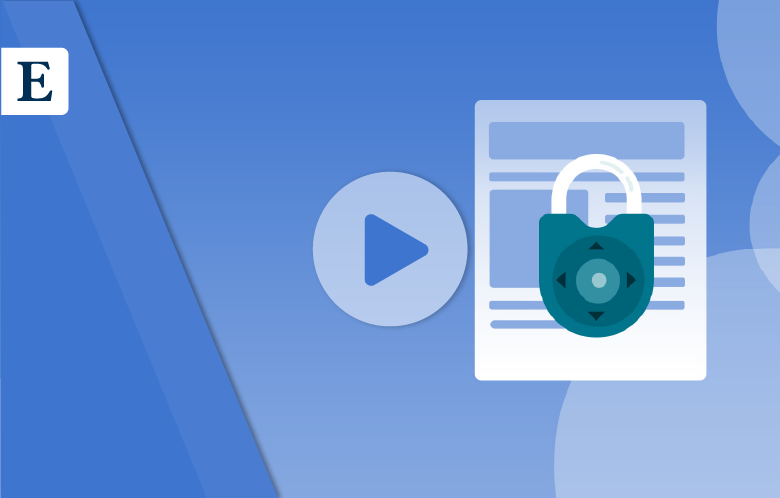Transcript | Download
What is BIBFRAME?
Hello, my name's Greg Padilla, Director of SaaS Innovation at EBSCO Information Services. We're here to talk about what is BIBFRAME and how it can help your library.
BIBFRAME is a linked data model and vocabulary for bibliographic data. It was developed by the Library of Congress and is a set of rules and formats for creating, organizing and sharing information about library resources such as books, articles and websites in a structured way that allows machines to understand and process the information easily.
MARC, developed in the 1960s before the internet, was designed primarily for physical materials, was not created with the current digital environment in mind and is used only within the library community. MARC records do not blend well with other systems easily, making it challenging for libraries to share data or integrate with other services. BIBFRAME was developed for the current digital environment. It enables libraries to better manage, share and connect library resources. BIBFRAME makes information easier to find and use. It supports a more comprehensive discovery of resources by enabling the use of linked data, which connects information from different sources on the web. BIBFRAME is designed to be used with other linked data vocabularies and ontologies, which can enable more detailed and nuanced information to be represented and shared.
In the next video in the series, we will talk about EBSCO BiblioGraph, a service that helps libraries expand their visibility and engage users in new ways. Visit our video series web page to watch all videos and learn more. Thank you for watching and we look forward to seeing you soon.


